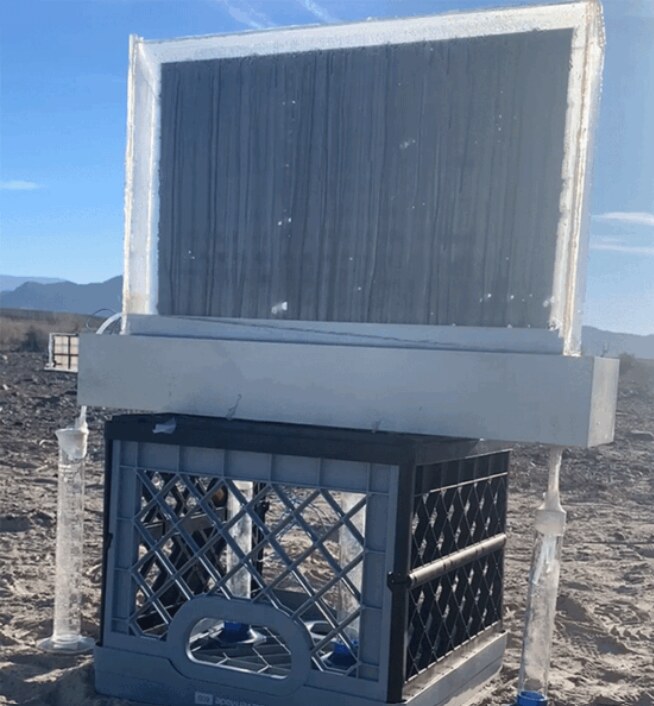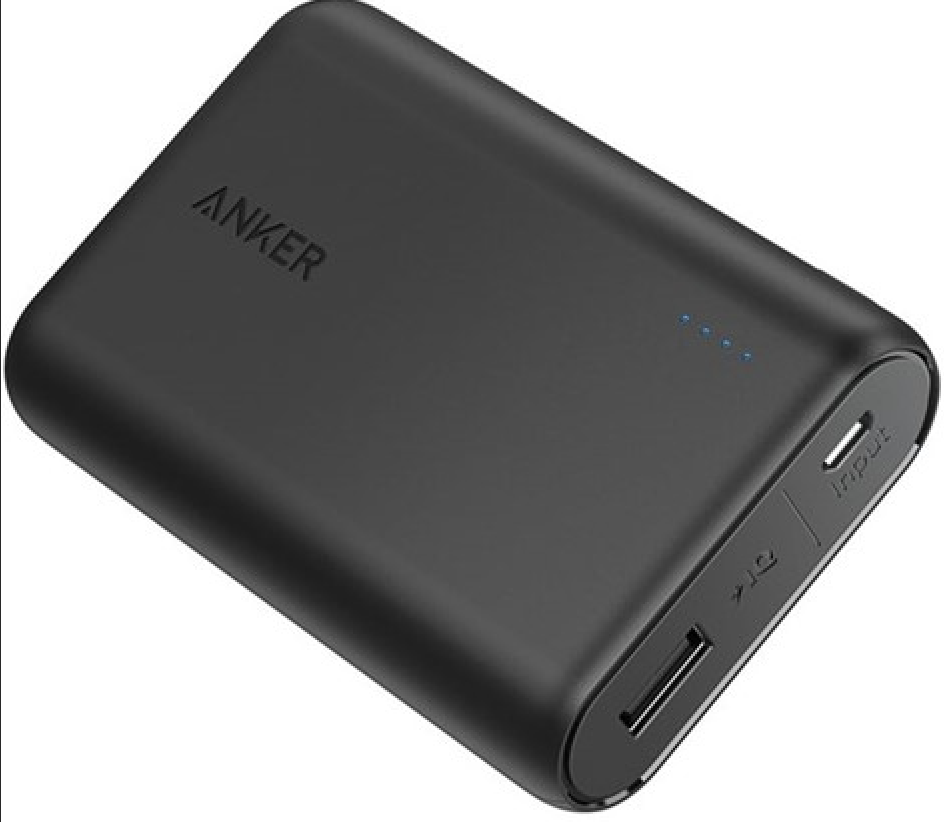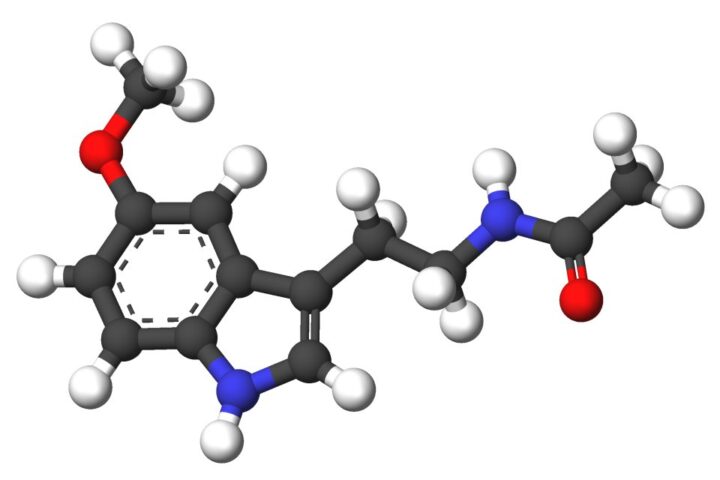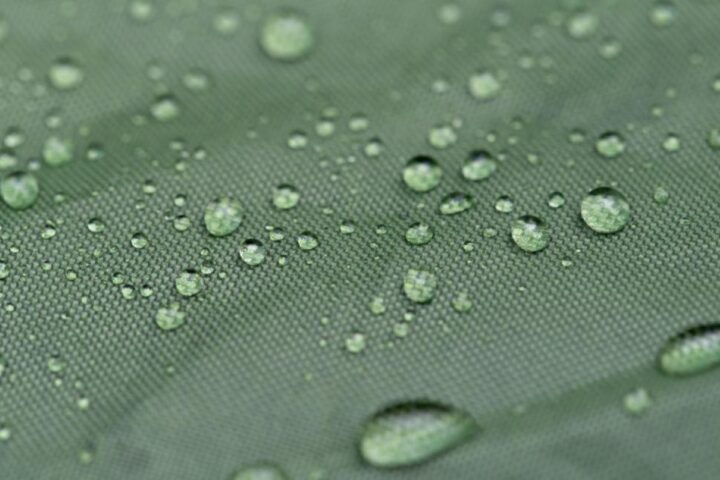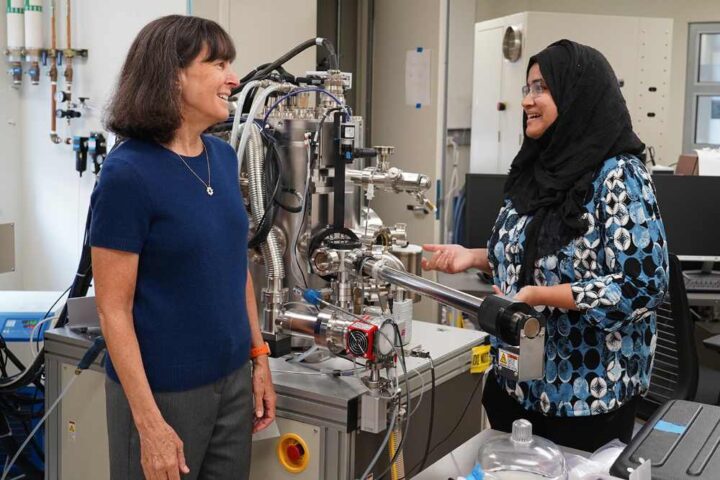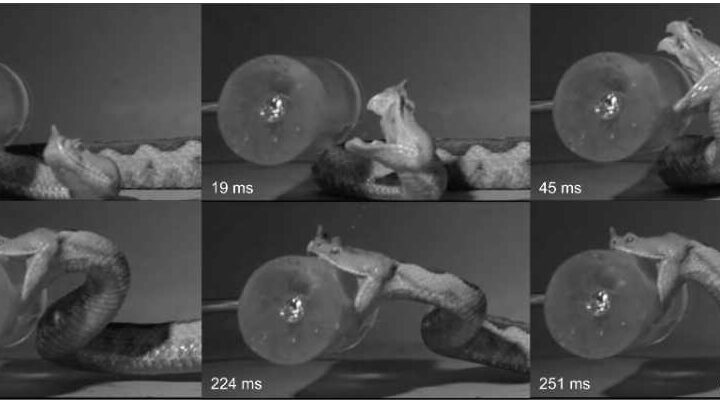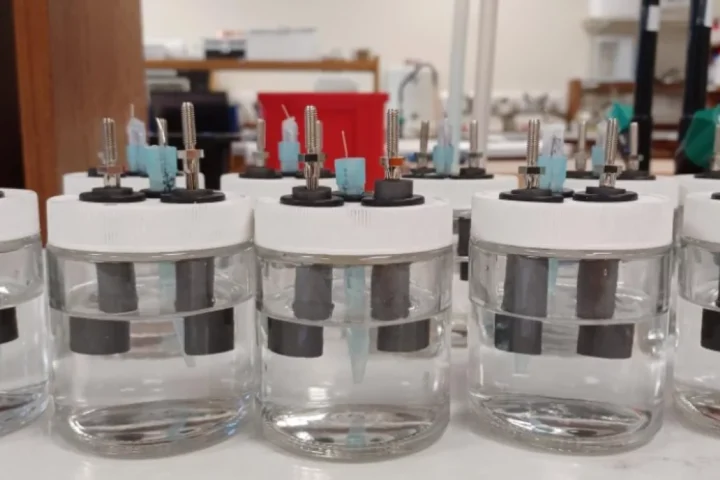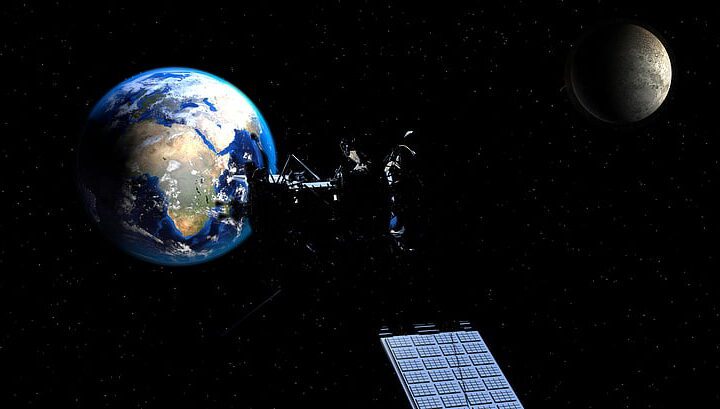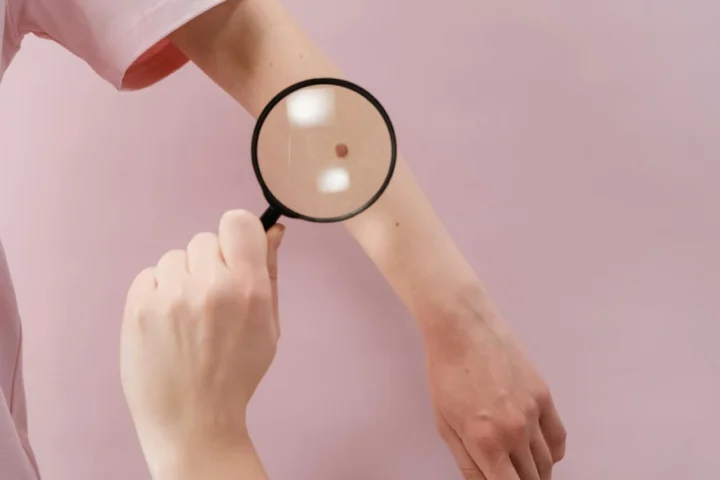Scientists at MIT have created a window-sized panel that captures water from thin air without using any electricity. This breakthrough could help millions of people who don’t have clean water.
The black panel looks simple, but it’s packed with clever science. It uses a special material called hydrogel that works like a sponge for air moisture. The material resembles bubble wrap, with small bumps that grow larger as they soak up water from the air at night.
When the sun rises and warms the device, something amazing happens. The captured moisture evaporates inside the panel and then collects as droplets on a glass surface. These droplets run down into a tube as clean drinking water.
“We have built a meter-scale device that we hope to deploy in resource-limited regions, where even a solar cell is not very accessible,” explains Professor Xuanhe Zhao from MIT, who led the research.
The team put their invention to an extreme test in Death Valley, California – one of the driest places in North America. Even in this harsh environment, the device collected between 57 and 161.5 milliliters of water daily (about two-thirds of a cup at most) during their week-long test.
Similar Posts
What makes this water collector special is its smart design. Many similar devices use salt to help attract water, but the salt often leaks into the collected water. The MIT team solved this by adding glycerol, a common ingredient that keeps the salt locked inside the hydrogel. This means the water comes out clean and safe to drink.
The device beats other water-collecting technologies in key ways. Some methods need electricity, making them useless in places without power. Others use expensive materials or complex systems. This new panel works on its own using just natural temperature changes between day and night.
Research shows hydrogel materials like this can absorb up to 6-7 times their weight in water, making them the current champions of pulling water from air.
Though still in early stages, the scientists envision placing many panels side by side. “Then you could have many panels together, collecting water all the time, at household scale,” says Professor Zhao.
For the 2.2 billion people worldwide – including 46 million Americans – who lack safe drinking water, this technology offers hope. It could provide water in remote areas, during disasters, or in regions where traditional water sources have dried up.

The research team has published their work in the journal Nature Water and is now working on making the technology even better and ready for real-world use.
